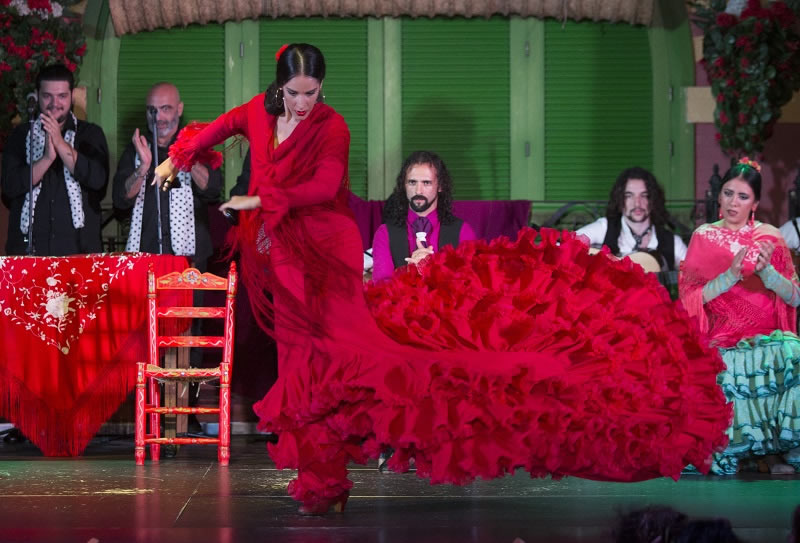
In this article, we have decided to compile some curiosities of flamenco, on its origin, history and relevant data with which we want to broaden your knowledge about this art? Do Ready? Take note.
On the name of the word flamenco there is no unanimity. There are many theories that try to explain the origin of this word, even though we say that none of them is officially accepted as correct. However, there is one that is the most widespread and is the one that defends Blas Infante in his book ‘Origins of what flamenco’.
It indicates that the word flamenco derives from the expression andalusí ‘Fellah min gueir ard‘, whose meaning is ‘peasant without land’. It is believed that this is the term used to refer to the Moorish were expelled in Spain during the reign of the Catholic Kings and that mixed mainly with gypsies.
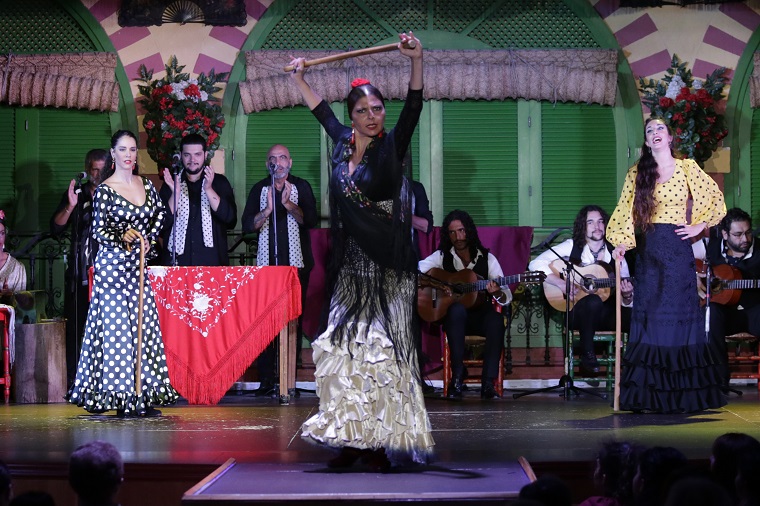
The origins of flamenco itself is more clear and is located in Andalusia. Its origins can be traced back to the 18th century, although it is an art with roots in the past, including elements of dance and musical other previous cultures and whose crossbreeding gave rise to the birth of this Andalusian art.
The flamenco arose from a multicultural environment in which gypsies, Jews, Arabs and Christians mixed elements of their respective cultures with traditional elements of Andalusia and the result was an artistic expression that today goes beyond borders.
Although the gypsy culture is the one that has most contributed to the development of flamenco, has not been the only, because in the music, singing and dancing flamenco can be seen other influences such as Africans who passed through Andalusia or the Caribbean who came to Spain.
Where do we appreciate these influences multicultural? If we look at the music and flamenco singing has influences of popular songs and music popular Andalusian; the Gregorian chants that were interpreted in the Jewish synagogues; African rhythms and sounds Arabs.
The African influences, Indian and Spanish are also found in the flamenco dancing that agglutinates movements of the traditional dances of Spain, the typical dances of the African continent and the dances of India, brought by the gypsies who arrived in Andalusia.
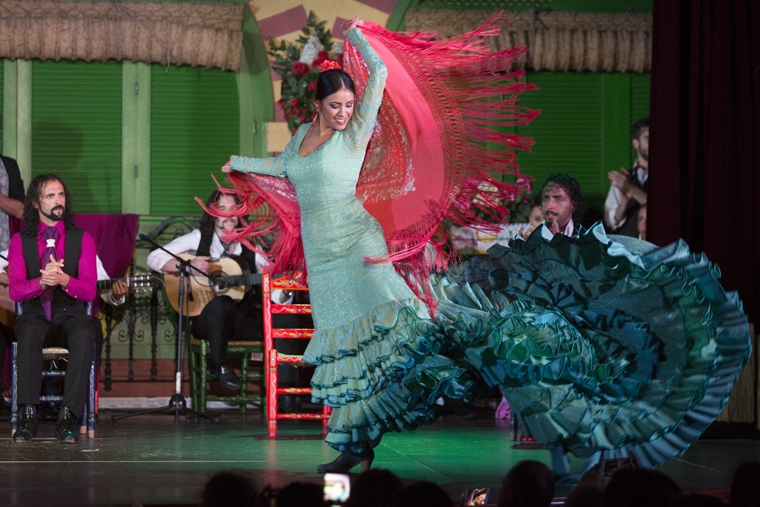
Another of the curiosities of flamenco is to know the source that has the clothing that is used in the flamenco shows, above all, referred to with the dresses that use women.
Its origin goes back the late nineteenth and early twentieth centuries and is also linked with the gypsy culture. The women of the cattle handlers, many of gypsy, attending with their robes with flyers and apron.
This dress was copied by other women and began to be used as an outfit for the flamenco dance fairs, finally becoming the official dress of the female flamenco dancers.
Although in its origin flamenco was only singing, with time it was introducing other elements such as dance or guitar. Although the guitar is the king of flamenco, it is not the only one that accompanies this artistic genre.
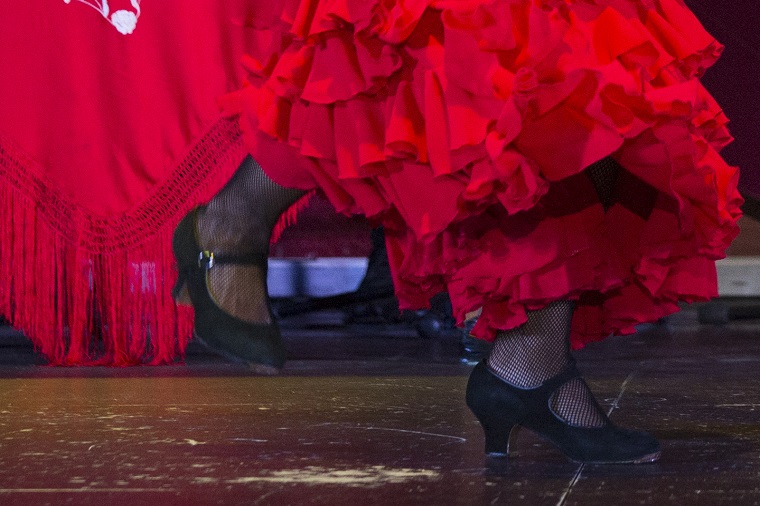
It is also surprising to know that the shoe used by the dancers is considered as another instrument of percussion, since the sound made by the flamenco dancer makes the ‘foot-stamping‘ a rhythm in the interpretation of a flamenco style.
The castanets is another instrument of percussion that is used for many flamenco styles such as the dances of the family of the fandangos, sevillanas or, even, seguiriyas, soleá, cañas o guajira. The flamenco dancer Camen Amaya helped to popularize the use of castanets in flamenco, thanks to her mastery and rhythmic sense.
And another of the instruments that today is identifying this art is the flamenco cajón. This instrument is of Peruvian origin and Paco de Lucía incorporated it in 1977, after meeting him on a tour of Latin America.
If there is something that characterizes flamenco, it is the emotional charge that its artists print during the performance, whether in the singing, as in the dance or in the interpretation of the guitarist. A flamenco show is pure feeling, hence to see a live performance is an experience that costs to describe with words.
Is that special talent that have these artists, which is associated with the ‘flamenco globin’, an expression that refers to the passion that the singer, dancer or guitarist converts in art on the stage.
It is called ‘tablao‘ to the platform on which the flamenco artists act, a floor that is made of wood to protect the joints of the person who dances and, in addition, have a good sound quality.
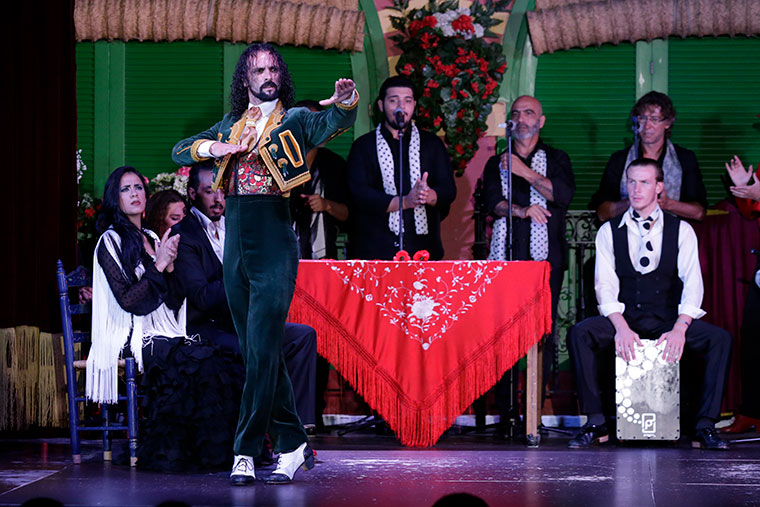
When we talk about artists´cast in flamenco, we are referring to the whole of the artist who participates and makes the flamenco show possible. Generally, flamenco is composed of dancers, singers and guitarists, although in many shows they are also accompanied by musicians and palmeros and people who play the flamenco cajón.
The flamenco styles are the different styles of flamenco singing and dancing. You could say that each of them expresses a different type of feeling. The cante jondo or the cantes grandes express painful and deep feelings. Cantes fiesteros express joy, sensuality and passion.
As we have already said, this art is pure feeling, something that is appreciated even in the lyrics of the songs, which refer to anguish, loneliness, pain, love, indifference, joy and passion. Even, there are flamenco styles that bear the name of these feelings, as is the case of soleá o alegría.
Other of the curiosities of flamenco that know who were the pioneers in this art, those men and women who were initiated in the different artistic facets that this art has.
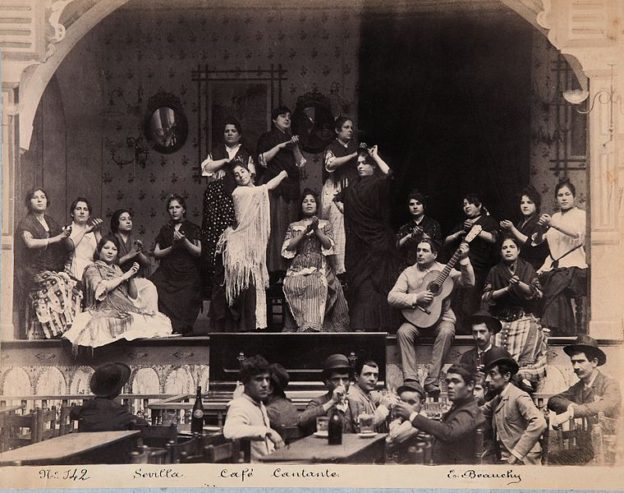
Tío Luis de la Juliana, a Jerez water-carrier who lived in the 18th century, is recognized as the oldest of the Andalusian flamenco singer. He had the distinction of being a versatile singer, something that allowed him to interpret several of the first flamenco styles that existed as seguiriyas, soleares, tonás or tangos.
Antonio de Torres Jurado, known as the ‘Father of the guitar’, was an Almerian luthier and is considered the inventor of the current guitar, both flamenco and classical. And as the guitarist closest to flamenco, the oldest name associated with this art is that of Francisco Rodríguez Murciano, known in the artistic world as ‘El Murciano’.
Carmen Dauset Moreno is recognized as the first flamenco dancer known in the world with the stage name of Carmencita. This gypsy flamenco dancer was from Almería, although many believed that she was from Seville, hence the newspapers of the time referred to her as ‘La Perla Sevillana’.
Knowing these facts and curiosities of flamenco help to appreciate even more this artistic expression that nowadays has international recognition. Flamenco is an art with history and, above all, a lot of feeling.
© 2023 El Palacio Andaluz. All rights reserved.